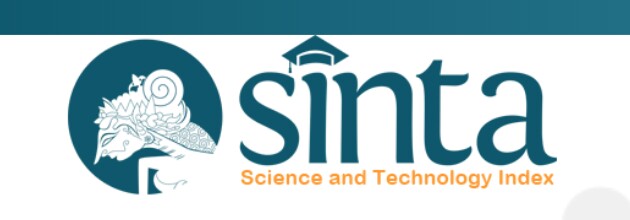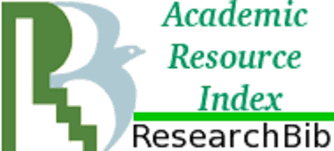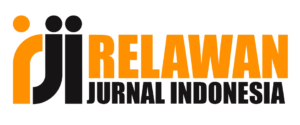EFEKTIVITAS PENGGUNAAN ASAM TRANEKSAMAT ORAL PADA PASIEN MELASMA
Abstract
This study aims to determine the effectiveness of using oral tranexamic acid in melasma patients, as well as to explain the definition of melasma, melasma epidemiology, melasma etiopathogenesis, and to explain the effectiveness of using oral tranexamic acid in melasma. The method used was to collect and analyze research articles on the effectiveness of the use of oral tranexamic acid topical drugs in Melasma patients. The articles are obtained through a search using Google Scholar, Pubmed. The term melasma comes from the Greek word "melas" which means black. Clinically melasma appears as macules or brown spots. Complaints of melasma usually occur symmetrically. The areas of melasma predilection are most commonly the cheeks, upper lip, chin and forehead, but can also be affected in other areas. (Debabrata, Handel et al., 2014). Research conducted for 6 months by Sufan et al ,. It is known that after therapy using Tranexamic Acid, there was a decrease in hyperpigmentation. After 6 months of treatment, the results were very good (10.8%, 8/74), good (54%, 40/74), moderate (31.1%, 23/74), and bad (4.1%). , 3/74). There were 4 patients (5.4%) who experienced mild gastrointestinal discomfort, 6 patients (8.1%) hypomenorrhea, subjects who rarely reported skin rash due to allergies as well as dizziness, alopecia, drowsiness and hyposexuality. From these results it is concluded that oral Tranexmatic Acid has good effectiveness in melasma therapy. (Sufan et al., 2012). From the results of this study it can be concluded that Tranexamic Acid has good effectiveness in the therapy of melasma. Where there are several risk factors that cause melasma, which can occur due to genetic factors, UV exposure, hormonal factors and inflammatory factors. Tranexamic acid will inhibit the action of tyrosinase activity by blocking the interaction of melanocytes and keratinocytes through inhibition of the plasminogen system.
Keywords: Melasma, treatment for melasma, epidemiologi, etiologi, tranexamic acid,.
Copyright (c) 2021 Jurnal Ilmiah Kesehatan Media Husada

This work is licensed under a Creative Commons Attribution 4.0 International License.
The authors who publish their articles in Jurnal Ilmiah Kesehatan Media Husada must approve the copyright statement as follows :
1. The authors agree to automatic transfer of the copyright to the publisher
2. All material contained in this site is protected by law.
3. If you find one or more articles contained in the journal that violate or potentially infringe your copyright, please contact us via email lppmkwidyagamahusada@ac.id
4. The formal legal aspect of access to any information and articles contained in this journal site refers to the terms of the licensed under a Creative Commons Attribution 4.0 International License. . This allows authors and others to share (copy and redistribute the material in any medium or fomat) and adapt (remix, transform, and build upon the material) for non-commercial purposes.
4. All Information contained in the journal is academic. The journal is not liable for any losses incurred by misuse of information from this site.







1.png)








